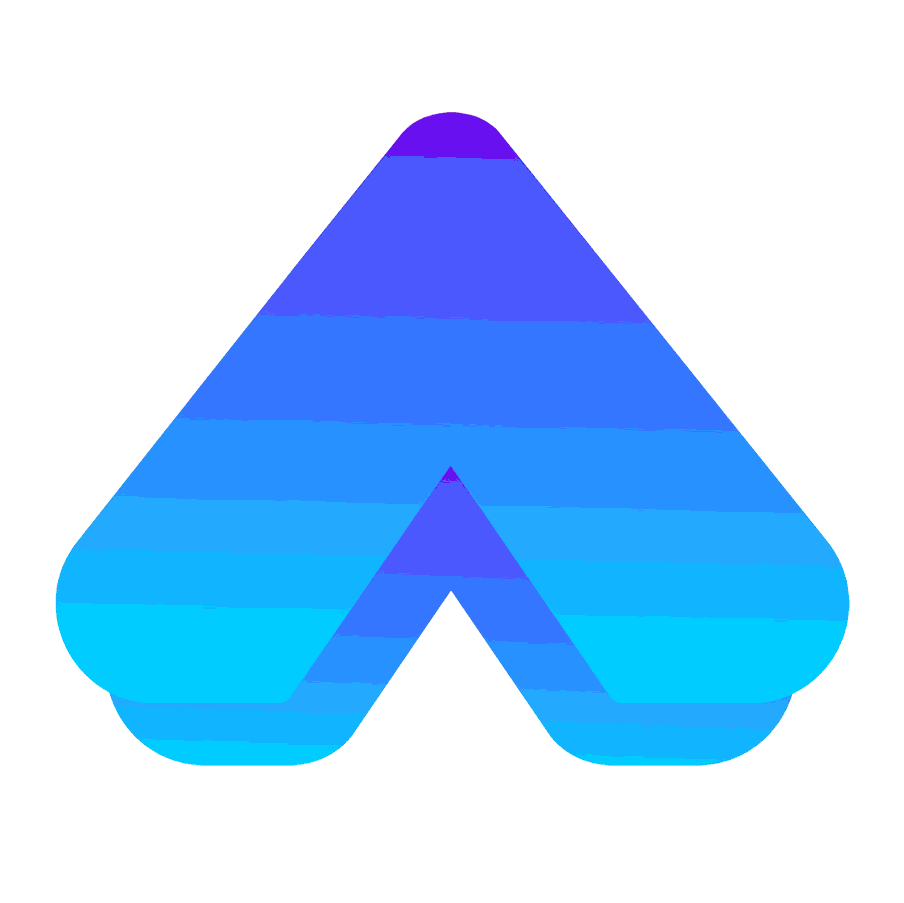



Edge Rank (meta’s algorithm)
In this blog post, we are delving into the intriguing world of social media algorithms; specifically focusing on a concept known as Edge Rank. This is the secret sauce that Meta, formerly known as Facebook, uses to customize the stories you see across all their social media platforms.
Our exploration today is based on an insightful article penned by Jeff, a social media expert who found himself explaining Edge Rank so frequently that he decided to demystify it in writing. In essence, Edge Rank is the algorithmic tool that Facebook employs to determine which stories surface in each user's newsfeeds. It sifts through the sea of content, filtering out less engaging stories. Meaning that if a post doesn't score well, it will be seen by fewer people.
Edge Rank is a tripartite system, comprising the affinity score, edge weight, and time decay. When you log into Facebook, the first thing you encounter is your newsfeed, a curated summary of all the activities among your friends and the pages you follow. Each action your friends undertake generates a potential newsfeed story, or an "edge" in Facebook parlance.
Understanding edges can be a bit perplexing, but in simple terms, an edge is created every time a friend posts a status update, comments on another status update, tags a photo, joins a page, and so forth. These edges shape what you see in your newsfeed.
Facebook's algorithm is a predictive tool, estimating how engaging each story will be to each user, ranking the edges to determine what you'll see. This is akin to how TikTok's algorithm feeds users different content based on their unique interests.
So, why should this matter to you? If you're a business owner, it's vital to understand that the majority of your Facebook fans will never see your status updates unless they score well with the Edge Rank algorithm. It's crucial to learn how to leverage edges to your advantage.
Facebook scrutinizes all posts across the platform and determines which story has the highest Edge Rank score for each user, then elevates that to the top of the newsfeed. The content you see when you open the app isn't random; it's algorithmically curated.
Edge Rank ranks all posts and arranges your newsfeed based on that. The objective is to keep you on the app longer, as more scrolling equates to more ad revenue for Facebook. The algorithm incorporates a randomization element and a keyword aggregator, which considers the text on a story, the text in a reel, and the caption.
Interestingly, Facebook users found it uncanny how accurately Facebook seemed to know what they were interested in, leading the company to introduce a slight randomization to the newsfeed. This added an element of unpredictability to the content you see, making it feel less like your phone is eavesdropping on you.
Edge Rank is akin to a credit rating: it's invisible, it's important, it's unique to every person, and no one other than Facebook knows exactly how it operates. At a Facebook conference in 2010, they unveiled three ingredients of their main algorithm: affinity score, edge weight, and time decay.
The affinity score measures how connected a user is to an edge. For instance, if I frequently interact with my brother on Facebook, I have a high affinity score with him, and I'm likely to see his status updates more than others. Facebook calculates your affinity score by examining explicit actions you take on the platform.
Edge weight is the value assigned to each category of an edge. For example, comments are worth more than likes. Each action a user takes creates an edge, and each of those edges, except for clicks, creates a potential story.
Lastly, time decay refers to how a story loses points as it ages. When a user logs into Facebook, their newsfeed is populated with edges that have the highest score at that precise moment. Your status update will only hit the newsfeed if it has a higher score at that moment than other potential newsfeed stories.
In conclusion, it's challenging to trick an algorithm into believing your content is interesting. It's far easier to craft content that encourages your fans to leave more likes and comments. Remember, Facebook keeps their algorithm under wraps and is constantly tweaking it. The best way to gauge the effects of your Edge Rank is by observing how many people you reached and how much engagement you garnered.
I hope you found this exploration of Edge Rank enlightening. I'd love to hear your thoughts on it. If this post was helpful, please consider sharing it with others. Thanks for reading, and stay tuned for our next deep dive into the world of social media.